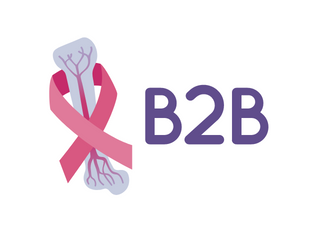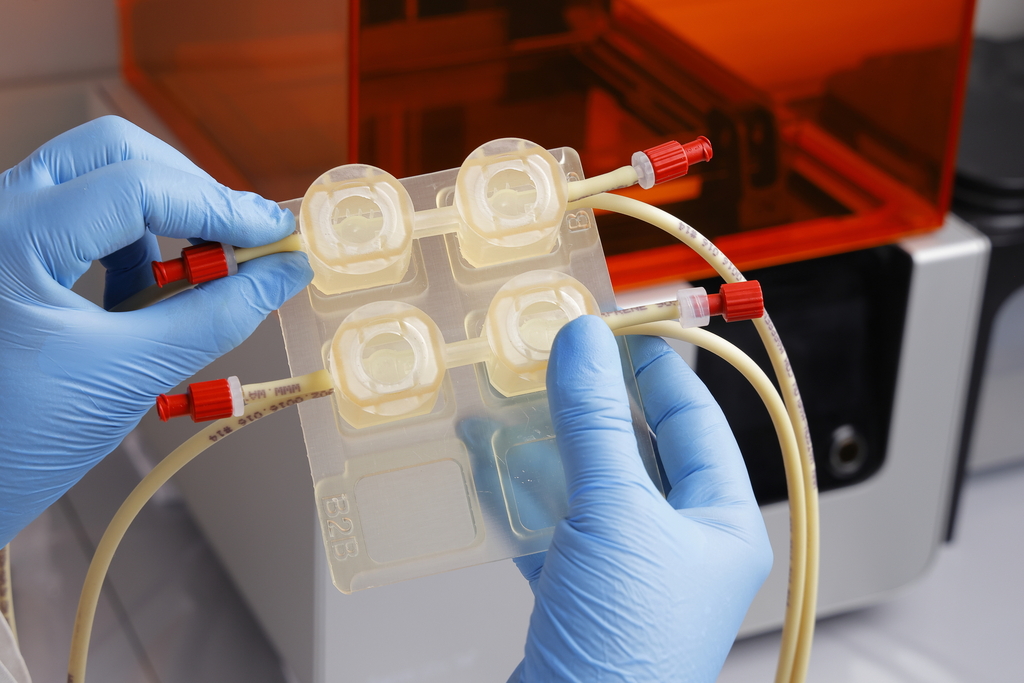The B2B project, funded by the EU and coordinated by Silvia Scaglione, Senior Researcher at CNR and React4life, has come to a close, achieving its goal of developing a 3D model of spontaneous breast cancer metastasis to the bone. The model is a major step forward in our understanding of how breast cancer cells spread to bone sites, which is a major obstacle in preventing high breast cancer mortality.
The 3D model created by the B2B project is unique in its design, serving both basic research purposes and as a platform for drug screening in a physiological context. Unlike traditional in vitro and in vivo models, the new model accurately mimics the physiological system of connected organs, providing a more accurate representation of the interactions between cancer cells and the body.
The model was created by connecting cultured breast cancer organoids with marrow-containing bone tissue via a fluidic system, made up of self-assembled capillaries within the organoids and an artificial 3D bioprinted macro-vascular tree of branching blood vessels. This allowed for a deeper understanding of the processes involved in breast cancer metastasis to the bones.
The B2B project has developed a novel organ-on-a-chip device, the Breast to Bone (B2B) multi-chamber device, that delivers new insights into invasive cancer progression and metastasis formation. The device is composed of two independent tissue culture chambers that accommodate different tissue types, allowing circulating tumor cells to spread from the primary breast cancer tissue to bone ossicle, similar to what occurs in vivo.
The EU funding, with a total of 3.8 million euros over four years, has alleviated the high financial risk of developing the B2B device. A team of scientists from various fields, including cancer metastasis, bone tissue engineering, cell and gene therapy, and complex bioprinted tissue regeneration, worked together to make the B2B project a reality.
React4Life, the winner of the 2021 Innovation Radar Prize, has been chosen to bring the B2B project to the market. The project’s legacy will be to fine-tune the prototype and take the next steps toward commercialization.
The successful completion of the B2B project represents a major step forward in our understanding of breast cancer and its spread to the bones.
By creating a model that accurately mimics the physiological interactions between cancer cells and the body, researchers will be better equipped to study the disease and develop new treatments. The project also highlights the potential for 3D bioprinting technology to revolutionize the way we study cancer and other complex diseases.
The Consortium












